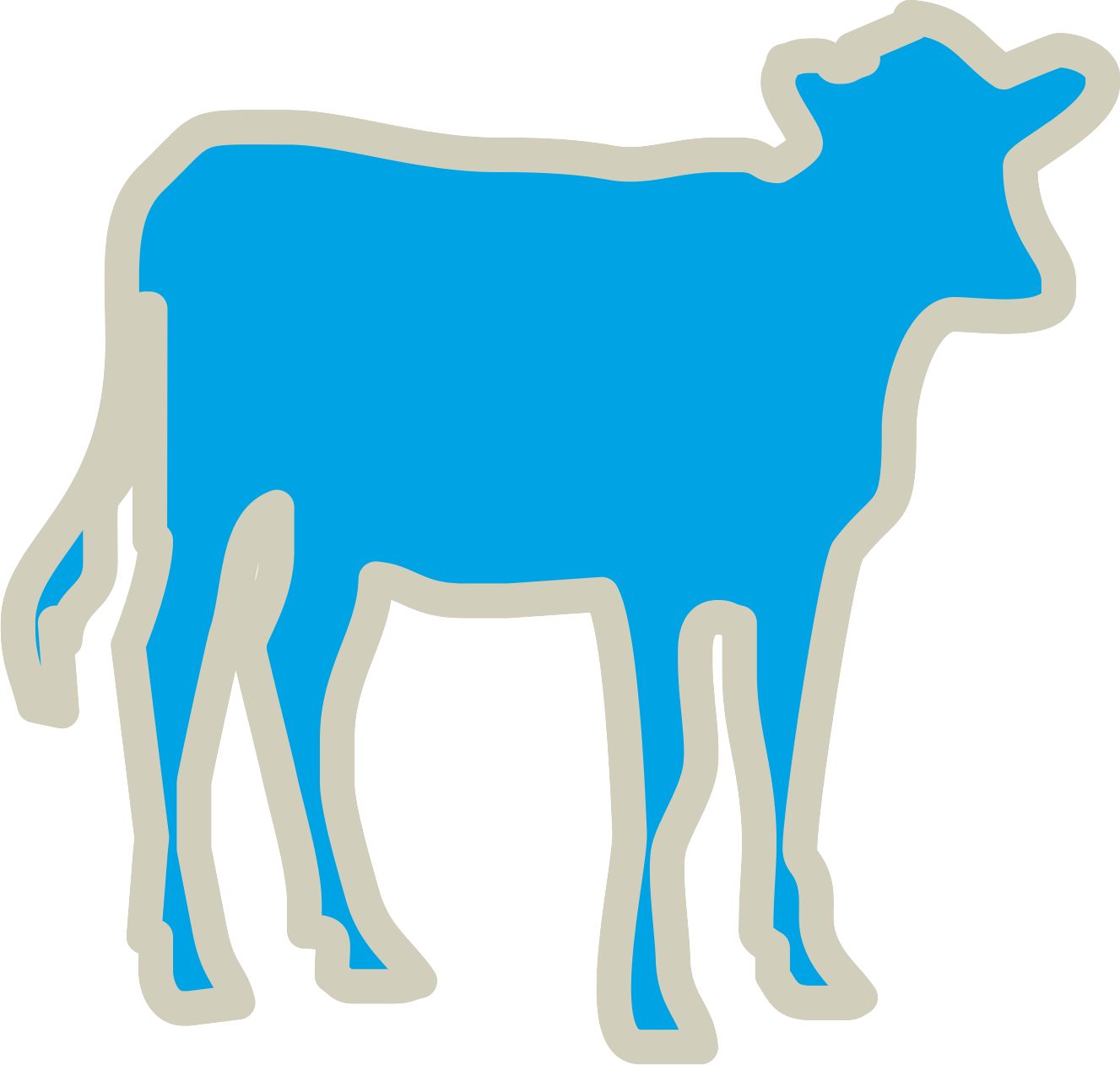Intensive feeding of lambs
The feeding represents the most important component in the production costs and is determinant in the productive behavior of the animals. It is essential to consider the types of diets, quality and price of these, as well as the ingredients that make them up. In general, three types are handled:
A) Reception Diet: it is offered to the animals from the first to the third day of arrival at the corral and it is practically constituted of forage (alfalfa) hay with high palatability or alfalfa pellets, with which excellent results are reported.
B) Adaptation Diet: after feeding the reception, the adaptation phase of the animals should begin with the proper fattening diets, using the same reception diet (pelleted alfalfa) for this purpose. The adaptation should be done gradually, reducing the reception diet by 20 percentage units and increasing the fattening diet in the same proportion.
C) Fattening Diet: should be formulated taking into account the following bases: that the animal consume it to the maximum for the best optimization in weight gain and better feed conversions, besides minimizing metabolic problems and that maintains the best cost - benefit ratio .
To comply with these bases it is necessary that the diets comply with certain characteristics of nutritional quality in terms of energy, protein, fiber, minerals, vitamins and use of additives. The fattening diets should be formulated based on grains (sorghum, corn), oil byproducts (soybean meal), mixtures of minerals with additives and finally alfalfa pellets in a proportion of 25 to 40 percent depending on age and condition of the animals.
Alfalfa pellets are a fundamental ingredient in lamb fattening diets if optimum economic results are to be obtained, taking into account feed conversions, cost of the kilo produced and the period of time elapsed.
Advantage
- Excellent source of essential nutrients to feed sheep in all stages of fattening and reproduction.
- It can be used from a 30% inclusion in the diet until it is 100% of food base (according to feeding system, fattening period, type of facilities, physiological stage, type of production, etc).
- Ideal balance of micro and macronutrients for feeding sheep.
- Fundamental contribution of soluble and insoluble fibers that ensure optimal development of the ruminal and intestinal flora.
- Base ingredient of all sheep diets, whatever the stage of growth, fattening or reproduction.
Meat -Milk Sheep Formulation
| RAW MATERIALS | Maintenance | Dairy 16 | Iniciator | Fattening | ||||
| Ground corn/sorghum | 548 | 505 | 570 | 620 | ||||
| Dehydrated alfalfa | 450 | 305 | 240 | 255 | ||||
| Soy expeller 41 | 0 | 185 | 185 | 120 | ||||
| Premix sheep | 2 | 5 | 5 | 5 | ||||
| Total in kilograms = | 1000 | 1000 | 1000 | 1000 | ||||
| NUTRITIONAL VALUES | Maintenance | Dairy 16 | Iniciator | Fattening | ||||
| Gross protein (minimum) | 11.8% | 16.5% | 16% | 14% | ||||
| Fatty matter (minimum) | 2.9% | 0,04 | 4.1% | 3.7% | ||||
| Metabolizable Energy | 2700 kcal | 2950 kcal | 3050 kcal | 3025 kcal | ||||
| Total gross fiber | 12.5% | 10% | 8.5% | 8.6% | ||||
| Total calcium (average) | 0.7% | 0.65% | 0.52% | 0.5% | ||||
| Total phosphorus (average) | 0.28% | 0.35% | 0.34% | 0.32% | ||||
| Total ash | 5.7% | 5.3% | 4.6% | 4.5% | ||||
| Total digestive nutrients | 80% | 84.7% | 84.6% | 84.5% | ||||







